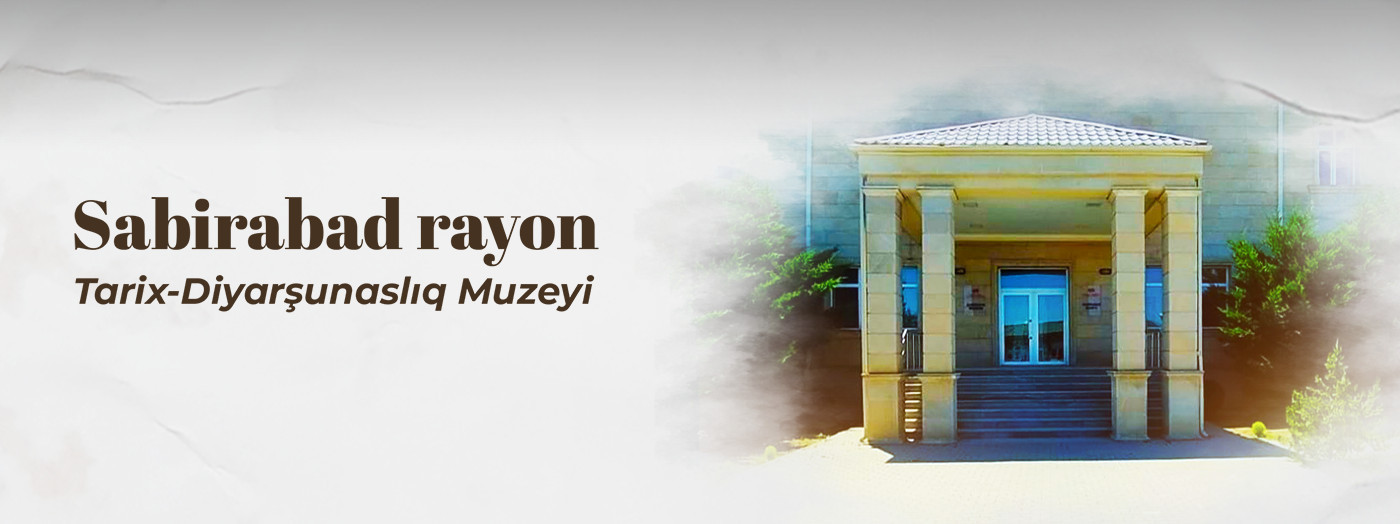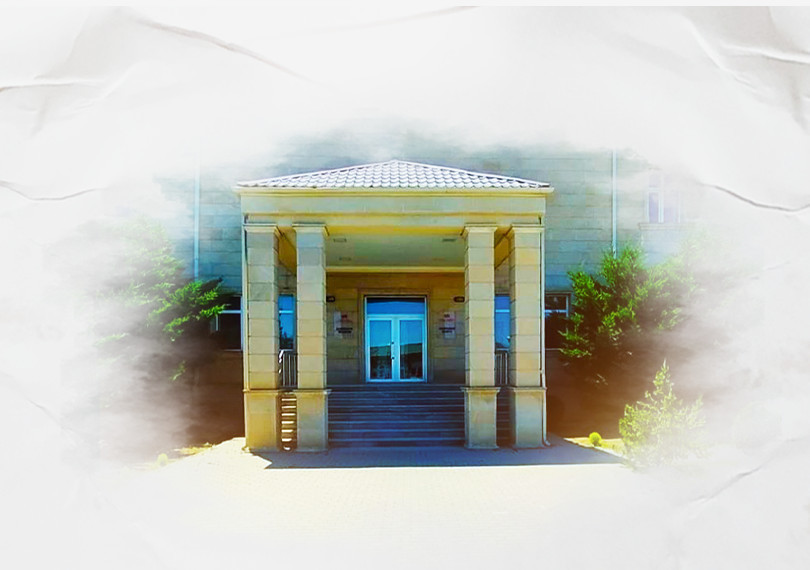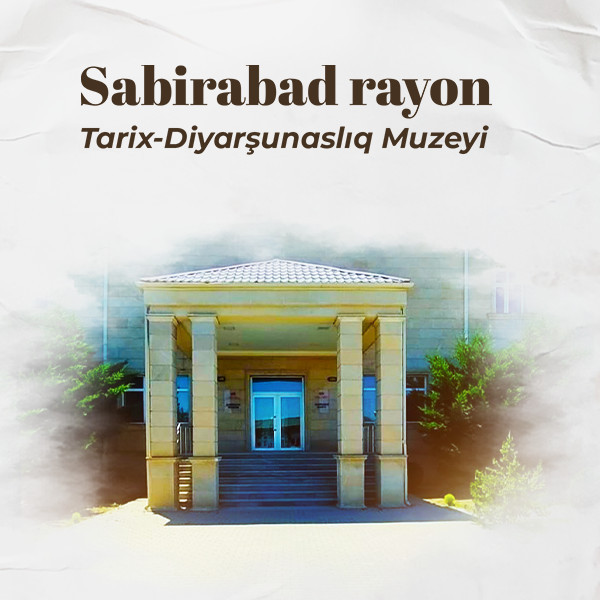
About event
The Ganja State History and Ethnography Museum named after Nizami Ganjavi was established in 1924. A group of teachers and students from the Ganja Seminary—such as I. Jafarzadeh, S. Seyidov, J. Rafibeyli, and F. Malikov—actively participated in its founding. In its early years, the museum housed over 500 exhibits and had two departments: Ethnography and Agriculture.
Between 1938 and 1940, a German-origin teacher named Yakov Hummel, who worked in Yelenendorf (now Goygol), conducted archaeological research around Ganja. He discovered Bronze Age monuments and published his findings.
Today, the museum’s collection includes nearly 30,000 items. The exhibits display archaeological, ethnographic, numismatic, fine art, and sculptural artifacts, covering periods from ancient times to the present day. Stone and Bronze Age items were mainly transferred to the museum by Y. Hummel (1938–1940) and expeditions from the History Institute of the Azerbaijan SSR Academy of Sciences in the 1950s–60s.
Since 1954, the museum operated at 260 Azizbeyov Street. At that time, it consisted of 7 large halls and was divided into three departments: Natural Sciences, Pre-Revolutionary Period, and Soviet Era.
In 1972, the museum was moved to its current location—an architectural monument of local significance from the 19th century. The building once belonged to Adil Khan and Ismayil Khan Ziyadkhanov, descendants of Ganja’s last independent ruler, the brave commander Javad Khan. Adil Khan served as the official representative of the Azerbaijan Democratic Republic in Iran and emigrated to Turkey after the ADR’s collapse. Ismayil Khan, the chief of Ganja police, was executed without trial in 1920.
Like many other buildings, this property was confiscated by the Soviets and housed various institutions during that era.
Today, this architectural monument stands as a spiritual home of Javad Khan and a living piece of history, preserving the legacy of the Azerbaijan Democratic Republic.
Every day except Monday 10:00- 18:00
Age restrictions / Language
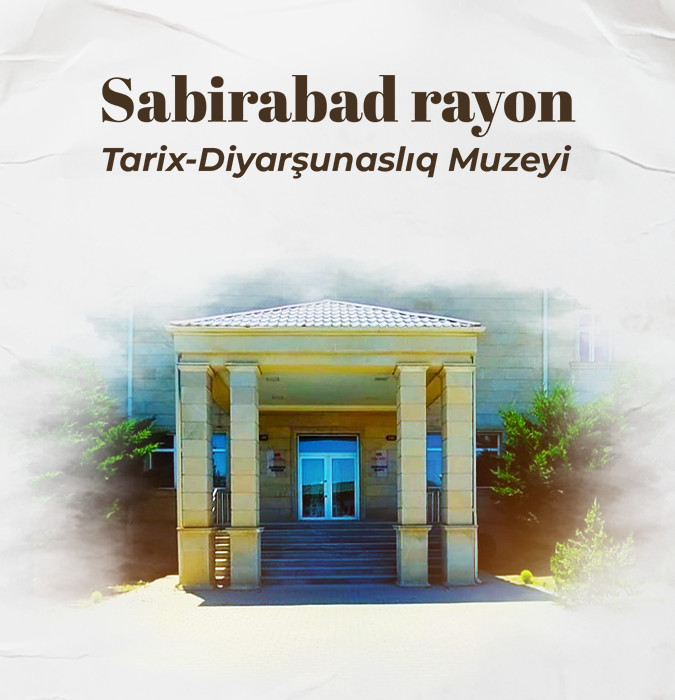
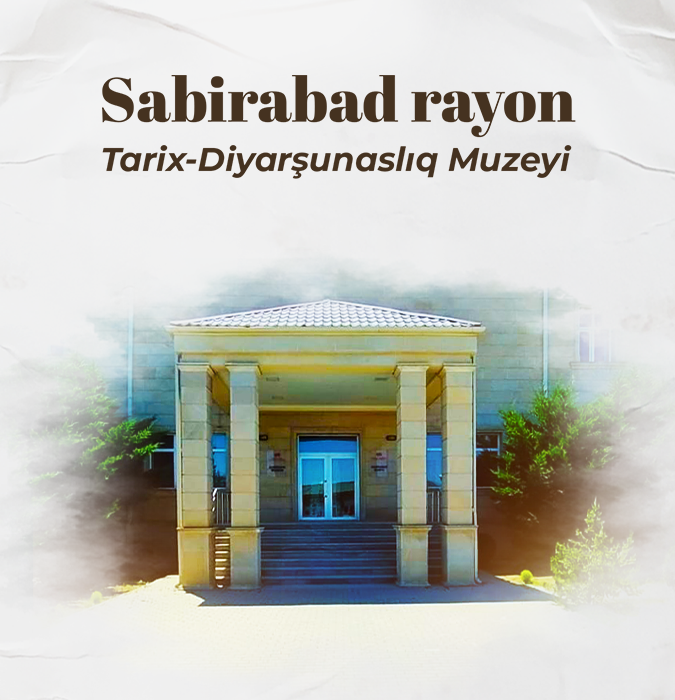

 from 2 ₼
from 2 ₼
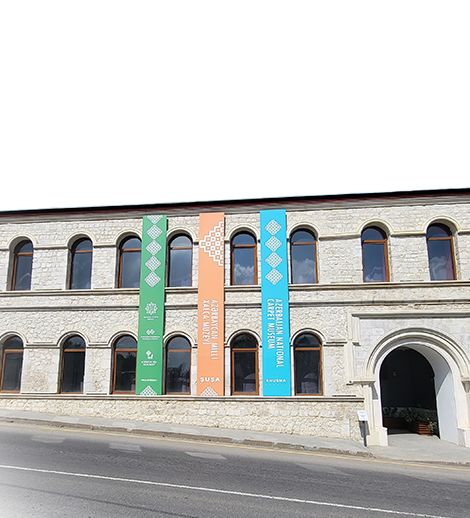 from 1 ₼
from 1 ₼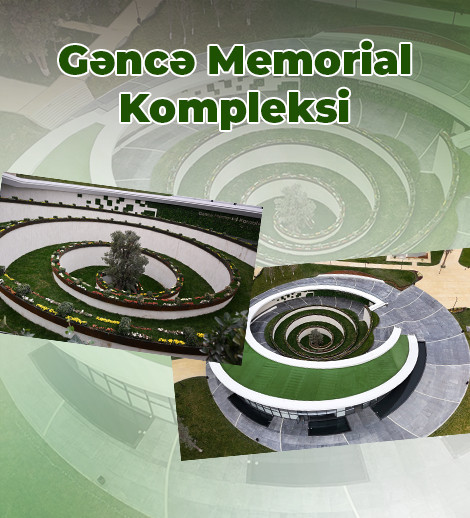
 from 1 ₼
from 1 ₼
 from 20 ₼
from 20 ₼
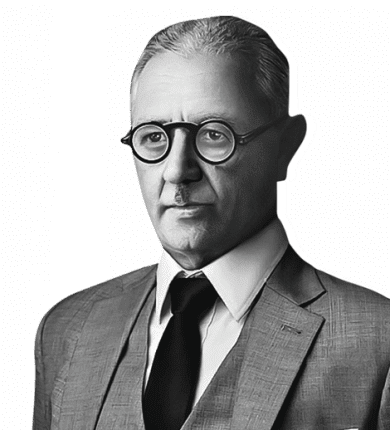 from 1 ₼
from 1 ₼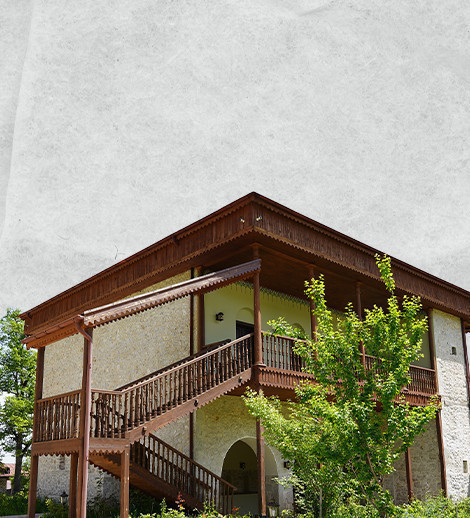
 from 1 ₼
from 1 ₼